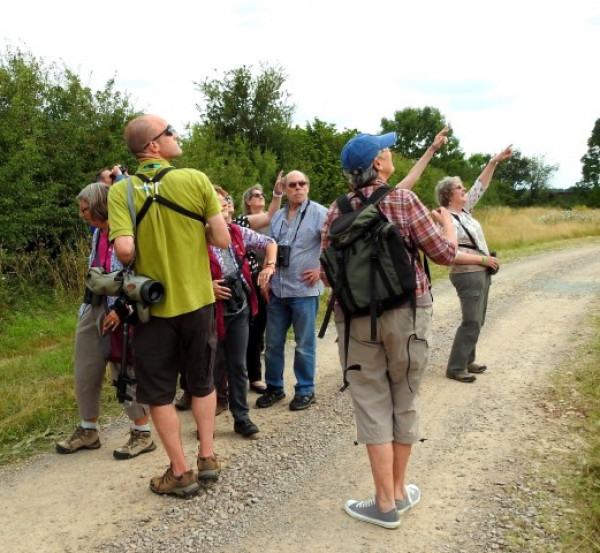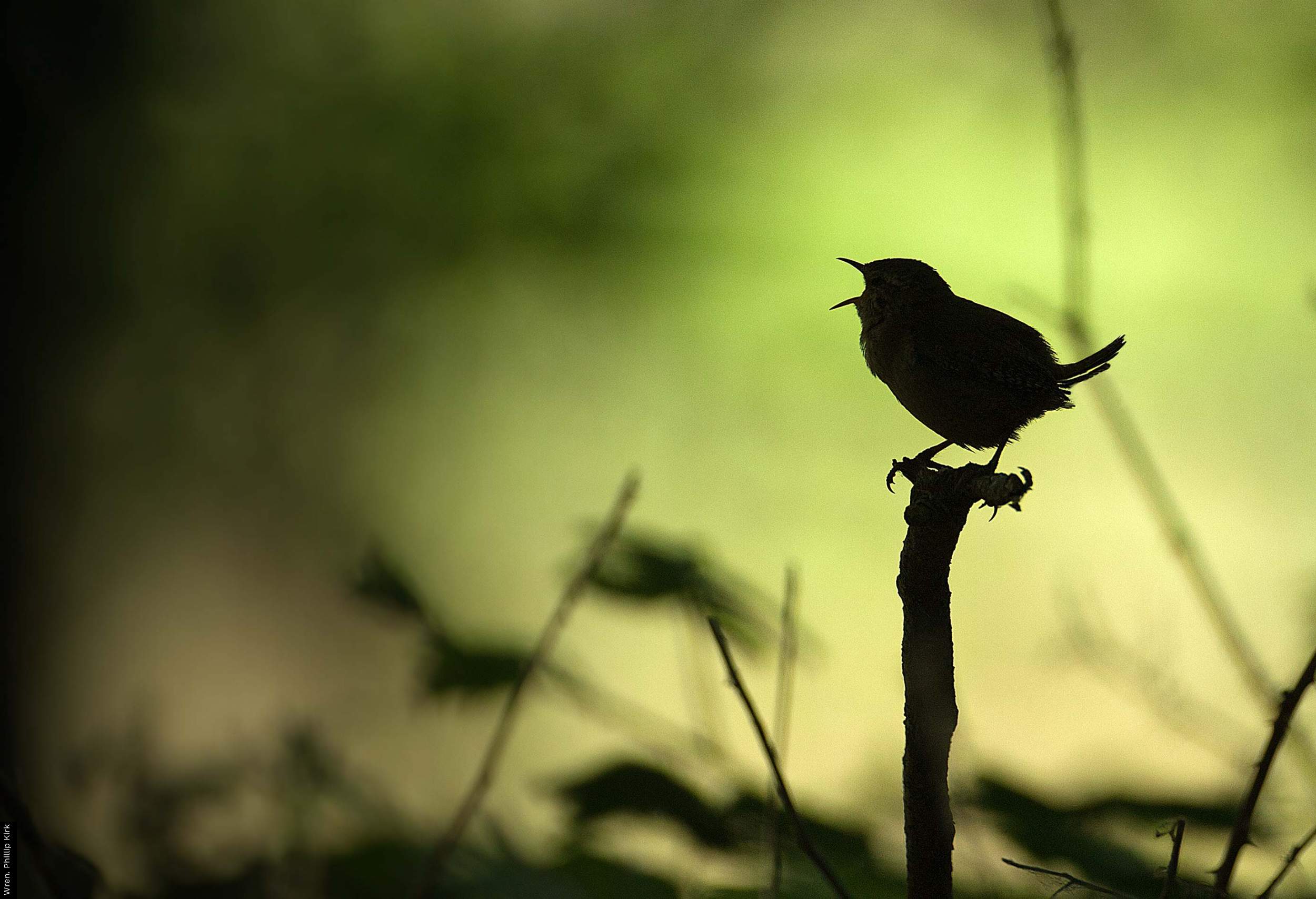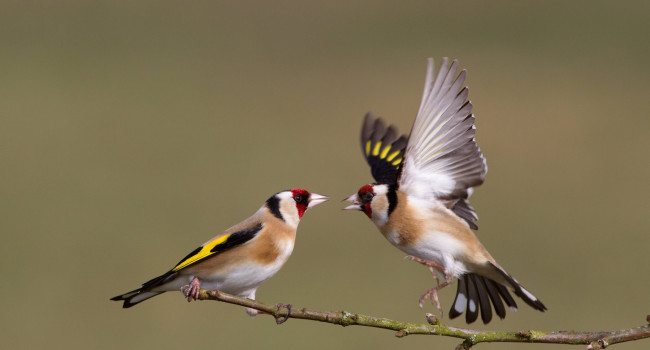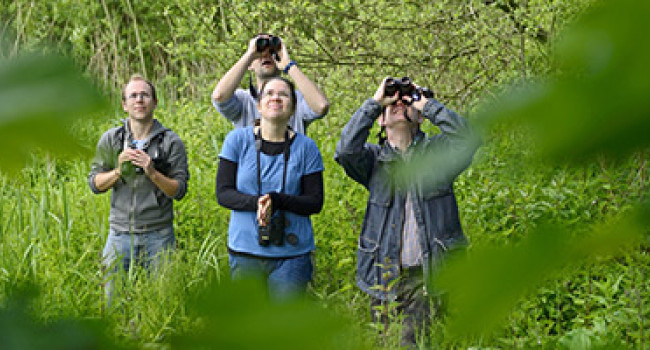Survey essentials
Participating in surveys is both rewarding and educational. It gives your birdwatching a different focus and helps you develop new skills, such as counting individual birds and using maps to plot their locations. At the same time, you are helping to gather valuable data to help us understand how birds are faring and what can be done to help them.
Taking part in a survey can seem daunting at first but it soon becomes second nature. The following advice applies to all our schemes and surveys, and will help you to quickly build your confidence.

Preparation
- Before taking on a survey, review the requirements. Do you have the necessary skills and time? Can it be done anywhere and if not, is it taking place near you (or are you visiting the area where it is happening, e.g. Upland Rovers)?
- Familiarise yourself with survey methods. Each survey has a ‘Taking part’ section on the website, and many have video tutorials that explain how the survey is carried out.
- Using a map or your knowledge of the area, check if there are any particular hazards or access issues and seek permission from the landowner if necessary.
- Surveys require you to record some information whilst you are in the field. Make sure you have the right paperwork – this might be sent to you by your Regional / Local Organiser or you can print what you need from the relevant survey pages on the BTO website. A clipboard and a pen will be useful, too!
Before venturing out into the field to participate in a BTO survey, please also take the time to read our health and safety guidance for volunteers.

...we all make mistakes. The key message is to be consistent within your own surveying.
Be consistent in your approach
A common concern of people new to surveys is that they might make a mistake, causing the information they collect to be inferior to that of an experienced surveyor. Don’t worry about this: we all make mistakes, and our analyses check for between-observer differences that might introduce bias, accounting for this when necessary. The key message is to be consistent within your own surveying. For example, if you do a BBS early visit during the second week of April one year, try to make your early visit the following year in the same week. The survey methods will give you guidance about this.
When it comes to identification, apply the mantra ‘if in doubt, leave it out’. If whilst doing a BirdTrack complete list you see a distant gull that you don’t recognise, don’t assume it is a Herring Gull. In several schemes, including BirdTrack, Garden BirdWatch and WeBS, there are ‘either/or’ and ‘unidentified’ options, such as ‘Redpoll (Lesser/Common)’ and ‘unidentified small wader’. These can be useful if you witness a movement of birds, such as finches moving overhead or groups of waders passing offshore, but cannot assign them to species.

Ask for help
At a local scale, many surveys are coordinated by Regional / Local Organisers (who are part of our Regional Network). They are always willing to answer questions about the survey to help you feel more confident. Some regions host local training events and provide mentoring opportunities, and we also offer a programme of training courses.
Each survey has online resources to help you get started, often including video tutorials, and if you have particular questions or concerns that are not addressed elsewhere, you can always contact the national Survey Organiser via the survey’s web pages.









Share this page